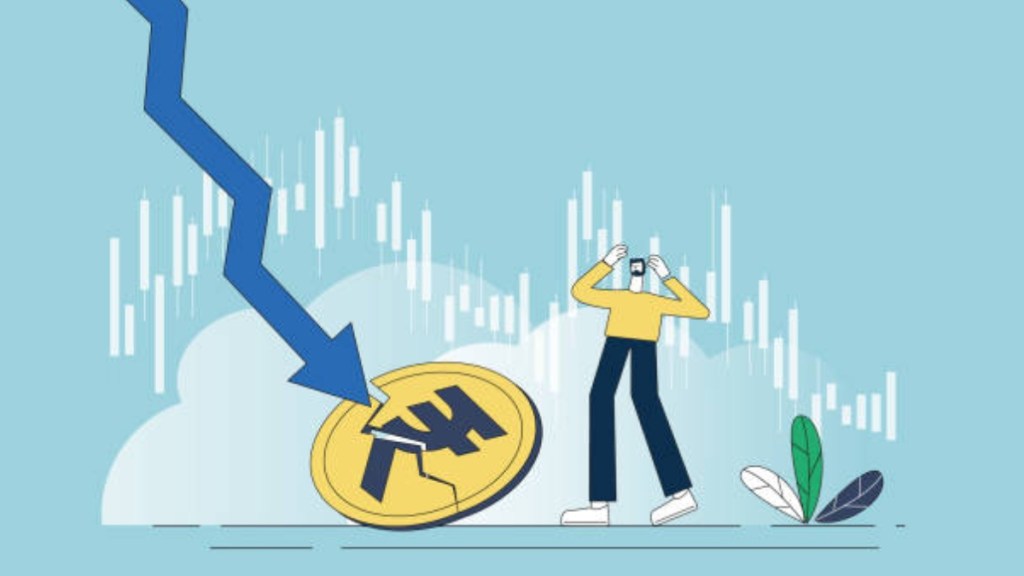A significant depreciation in the rupee could defer rate cuts by the Reserve Bank of India (RBI), as it fuels inflation by making imports more expensive. This will create additional obstacles for the RBI in its efforts to control rising prices, say experts. According to RBI estimates, a 5% depreciation in the rupee could lead to a 35-bps increase in headline inflation over several quarters.
“It is possible that the RBI may defer the rate cut from February to the first quarter of FY26. Now that rupee has already crossed the 86-mark, it can certainly weigh on the central bank’s decision on the rate cut,” said Aditya Vyas, chief economist at STCI Primary Dealership.
Although the apex bank changed its monetary policy stance to ‘neutral’ from ‘withdrawal of accommodation’ in October, it has kept the repo rate unchanged at 6.5% since February 2023 due to high inflation.
The RBI targets retail inflation at 4%, with a tolerance level of two percentage points on either side. Retail inflation declined to a four-month low of 5.22% in December, mainly on account of easing of prices in the food basket, including vegetables, according to government data released on Monday.
“Our call is that the RBI may not cut in February because of higher December inflation prints and there are some signs of growth picking up in the second half,” said Sakshi Gupta, principal economist at HDFC Bank. “Given this context combined with what is happening globally, perhaps, the focus in the coming policy would be on liquidity.”
A cut in interest by the RBI will soften bond yields while the US Federal Reserve is likely to undertake fewer rate cuts after better-than-expected jobs data reported on Friday. This will make domestic assets less attractive for foreign investors which can result in capital outflows from the country.
“Significant rupee depreciation is an upside risk to CPI inflation,” said Nomura in a recent report. “So far, the RBI has stayed defiantly behind the curve, leaving policy unchanged while expressing concern over high food inflation and confidence on growth prospects. We believe the soft growth signals call for a course correction, considering lags in policy transmission and subdued underlying inflation,” it added.

